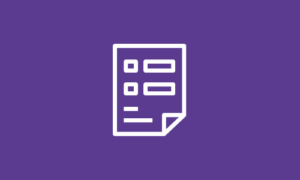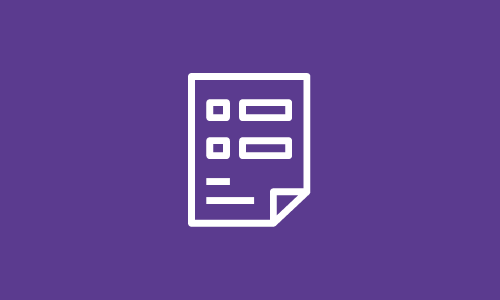Get an early lens on your
summative assessments
In the spring of 2020, as school buildings closed their doors in the wake of the COVID-19 crisis, educators swiftly transitioned to remote teaching and learning. The abrupt shift brought on a much-needed change in priorities for schools and districts across the country. Districts had to first ensure their students were fed and safe at home, while also securing the minimal technological and network requirements to make home-based learning possible. Spring summative assessments were waived, as the turbulence of the school year made it close to impossible to fairly assess students.
Today, as schools focus on a safe, smart restart, states have requested summative assessment waivers for the 2020–2021 school year. It’s unclear whether the pandemic will allow for a complete year of on-site instruction, and many students will face expanded learning gaps from unfinished teaching and learning due to spring closures. While waiving the end-of-year assessment may take some pressure off of districts, teachers, and students, it makes for a different problem. For the second year, educators are missing important data about how their students are progressing relative to grade-level expectations. This data point, when used in conjunction with other measures and information, helps educators make decisions about instruction, placement, intervention, and resource allocation. Whether states opt to waive the summative for the 2020–2021 school year or not, building and district leaders still need the information to support student learning and have the right foundation to make significant decisions. Thankfully, there’s a remote-ready, straightforward solution: MAP® Growth™.
Read the articleTopics: Assessment
Products: MAP Growth













